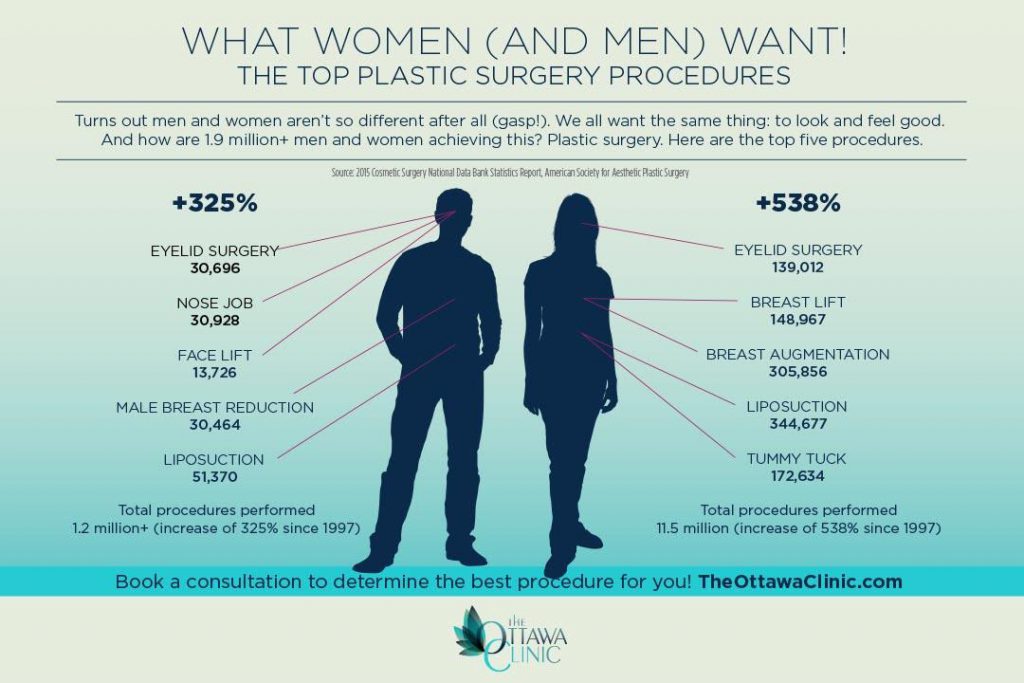How To Use Facial Steamers For Acne
How To Use Facial Steamers For Acne
Blog Article
Causes of Acne on Cheeks
Acne outbreaks in the cheek area are triggered by several points, from touching your face often to not changing your pillow case typically enough. Picking at imperfections boosts your risk of infection and scarring, and particular medications can worsen dark places (postinflammatory hyperpigmentation).
The good news is, there are many ways to prevent and treat cheek acne. These consist of:
1. Hormone Adjustments
Acne is greatly caused by hormonal agents, specifically those generated throughout the age of puberty and maternity. For some, a family history of acne might likewise add to their condition. Anything that blocks pores, such as oil-based skin care products or waxy hair products, can trigger acne. Numerous topical therapies, like benzoyl peroxide and salicylic acid, can battle germs and unblock pores. Those with serious or chronic acne should seek therapy from their medical professional.
Stay clear of touching or pressing your acne, as this can push a few of the bacteria deeper into the skin, leading to an extra extreme outbreak. It is likewise essential to change pillowcases regularly and use tidy make-up brushes. You must likewise try to avoid toxic irritants such as rubbing from using a safety helmet or tight collar.
2. Diet
The oily, sweet foods that lots of people think trigger acne may in fact refrain from doing so. As a matter of fact, studies have revealed that consuming a diet plan rich in entire, nutrient-dense foods aids to avoid breakouts.
Foods high in the glycemic index (such as white bread, corn flakes, blew rice and potatoes, doughnuts and various other pastries) raise blood sugar level degrees rapidly, and this can increase hormonal agents that improve oil production and result in acne.
Drinking cow's milk has actually likewise been linked to raised acne outbreaks. If you are a routine cow's milk drinker, you could wish to try changing to low-fat or nondairy options that are fortified with calcium. In addition, consuming alcohol more water can help to lower acne since it helps to maintain the skin hydrated.
3. Excess Oil
While oil is vital for healthy skin, it can come to be an issue when too much sebum blends with dead skin cells and blocks pores. This combination can develop blackheads, whiteheads and pimples. The obstructed pore wall surface can break down and spill bacteria, dead skin cells and sebum right into surrounding skin. This causes a red bump referred to as a pimple. Occasionally these red bumps have pus in the center from a bacterial infection. Bigger infected bumps that resemble acne are called cysts.
There are numerous points that can trigger excess sebum and clogged pores, consisting of hormone variations, diet plan and daily routines. Some examples consist of touching the face frequently, relaxing your hand on your cheek, using unclean makeup brushes and not transforming pillowcases regularly.
4. Stress and anxiety
If you're handling pain pimples or a variety of blackheads and whiteheads, it may be time to talk with a skin specialist. They can recommend an efficient treatment that fits your skin type. Exercising relaxation and stress-reduction methods also assists.
Acne can occur in the cheeks because of friction and stress, such as when a person touches their face often or puts on a hat or sports helmet that massages against the skin. It can additionally appear where oily cosmetics and lotions scrub against the skin.
Prevent pressing acne, as this can push contaminated material deeper right into the skin and lead to scarring. Instead, see a medical professional to find out about preventative therapies like medication, skin treatment items and way of life adjustments. Eating a healthy and balanced diet regimen of whole foods, obtaining seven to nine hours of rest and using noncomedogenic make-up and skin care products can all help in reducing acne breakouts.
5. Hair Products
Hair products are not commonly considered a source of breakouts, however they can add to acne on the cheeks sofwave near me in some people. Pomade acne, which is defined by tiny closed comedones and papulopustules, is frequently caused by using oily hair items that contain comedogenic components such as particular oils and acetylated lanolin.
Choosing hair products that do not have these potentially comedogenic components is a vital step toward lessening outbreaks. Likewise, making sure that hair items aren't being available in contact with the skin can aid protect against outbreaks. For example, using a headscarf or hood at night can limit hair-to-face call and reduce the possibility that leave-in hair products will certainly abrade onto the face.
In addition to utilizing a non-comedogenic cream and cleaning with an acne face clean, other valuable approaches include: